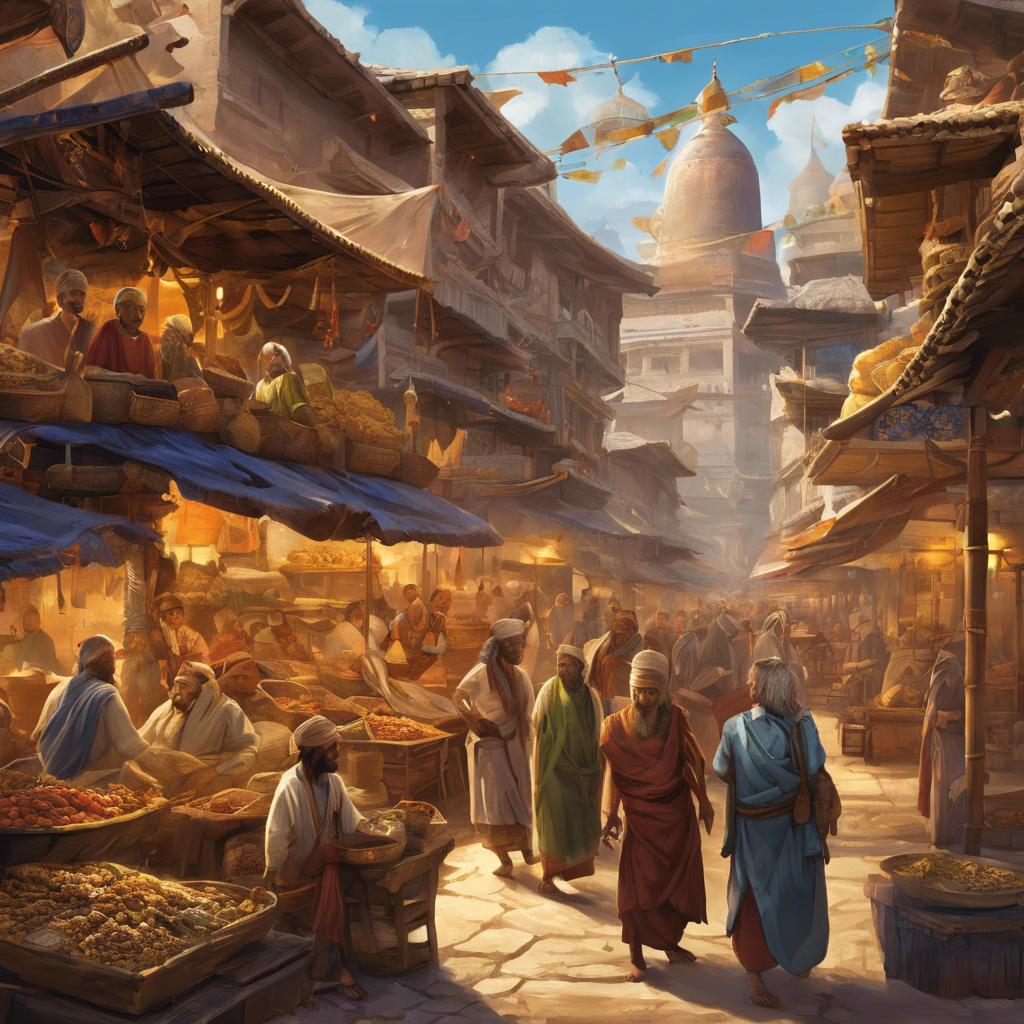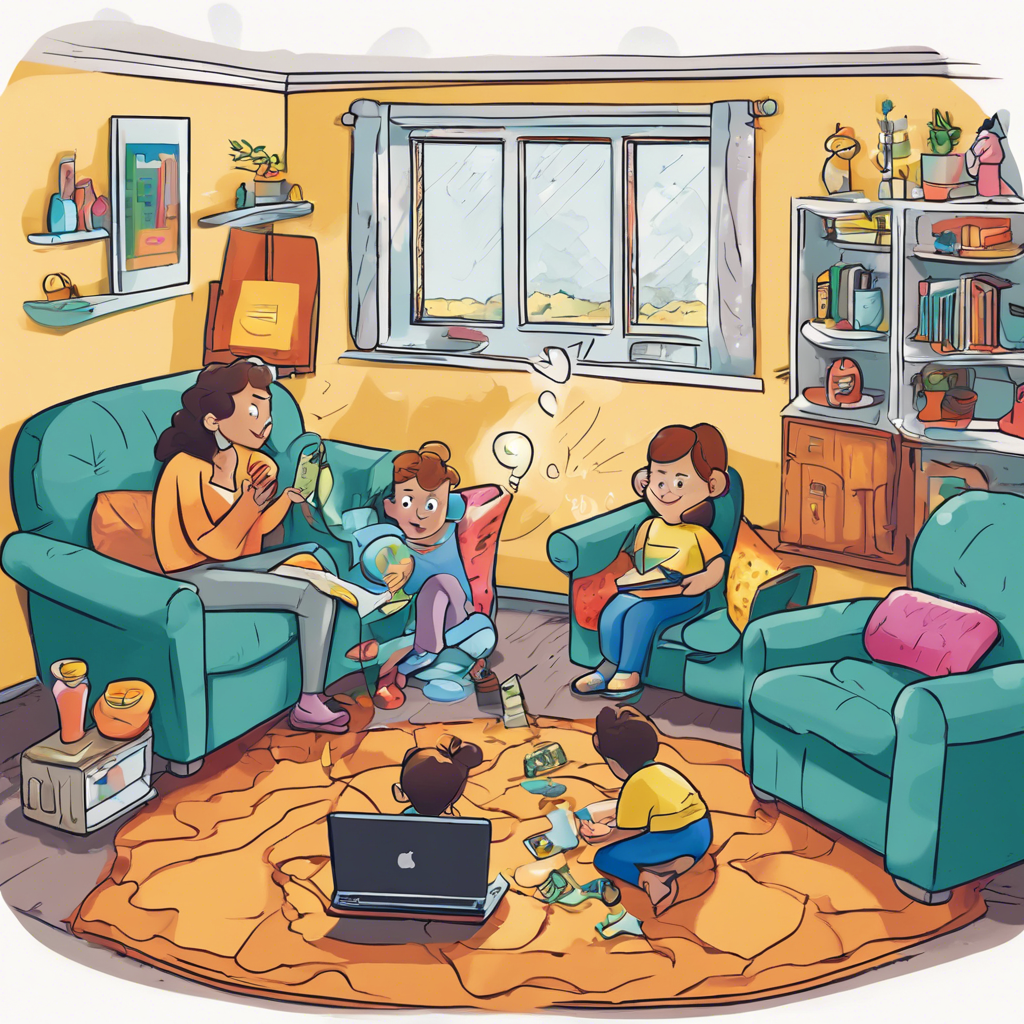
In What Ways Did Cultural Exchanges Along Trade Routes Contribute To The Development Of World Religions?
Introduction
Cultural exchanges along historical trade routes have played a crucial role in shaping and disseminating world religions. These interactions not only transformed spiritual beliefs and practices but also expanded the geographical influences of various faiths, contributing significantly to their evolution through the ages.
Mechanisms of Cultural Exchange
Cultural exchanges were facilitated through several channels as traders journeyed along significant trade routes. Merchants transported more than goods; they carried valuable ideas, including diverse religious beliefs. The dynamic interaction between traders and local communities enabled the widespread diffusion of religious practices and philosophies.
- Merchants engaged in discussions about their personal beliefs with locals during trade, fostering dialogue about various faiths.
- Shrines and temples frequently emerged along trade routes, serving both as rest stops for traders and as places of worship.
Impact on Major World Religions
The proliferation of religions such as Buddhism and Islam illustrates the role of trade routes as significant conduits for cultural and religious exchange. For example, when traders journeyed from India to Central Asia, they introduced Buddhist texts and teachings, profoundly influencing local belief systems and practices.
- Buddhism disseminated into East Asia via the Silk Road, evolving as it interacted with new cultures.
- Islam experienced substantial growth through mercantile activities, with traders serving as informal missionaries, exemplifying the faith's principles through their conduct.
Cultural Interactions and Syncretism
Cultural exchanges contributed to syncretism, where disparate faith elements merged and coalesced. This blending of traditions enriched religious practices, resulting in new beliefs that resonated with a variety of populations across different regions.
- The incorporation of local deities into Buddhist practices in Southeast Asia.
- The blending of indigenous customs with Islamic traditions in various cultural contexts.
Conclusion
Cultural exchanges along historical trade routes were pivotal in shaping the formation and evolution of world religions through facilitating communication, spreading innovative ideas, and merging diverse practices. This historical interplay enables us to comprehend the rich and diverse religious landscape we encounter today, forged by centuries of interaction and adaptation.
Expert Quote
Dr. John T. Woods, Historian of Religion at the University of Pennsylvania
Trade routes acted not only as highways for commerce but also as vital arteries for the spread of religious ideas, allowing beliefs to evolve and merge in transformative ways that reshaped societies.
Woods, J. T. (2019). 'Commerce and Faith: The Interplay of Trade and Religion in Ancient Times'. Journal of World History.
Relevant Links
Did you know?: The Spread of Islam in Southeast Asia through the ...
https://en.unesco.org/silkroad/content/did-you-know-spread-islam-southeast-asia-through-trade-routesThe Silk Road: Crossroads and Encounters of Faiths | Smithsonian ...
https://festival.si.edu/2002/the-silk-road/the-silk-road-crossroads-and-encounters-of-faith/smithsonianTrade Routes between Europe and Asia during Antiquity | Essay ...
https://www.metmuseum.org/toah/hd/trade/hd_trade.htmThe Silk Road: Connecting People and Cultures | Smithsonian ...
https://festival.si.edu/2002/the-silk-road/the-silk-road-connecting-peoples-and-cultures/smithsonianTrade and Geography in the Spread of Islam - PMC
https://pmc.ncbi.nlm.nih.gov/articles/PMC8046173/YouTube Videos
Most popular questions

How Do The Personal Relationships Among Gods Affect Their Decisions In The Iliad?
The intricate relationships among the gods in Homer's epic poem 'The Iliad' play a crucial role in shaping their actions and decisions. These divine interactions create a complex web of fates, where each god's personal alliances and rivalries directly influence the events of the mortal world.

What Strategies Can Parents Use To Educate Their Children About Online Safety Beyond Privacy Settings?
In today's digital landscape, teaching children about online safety is essential for their protection and well-being. While privacy settings play a critical role, parents can implement various strategies to create a thorough understanding of online safety principles among their children.

What Are The Different Types Of Insulation Materials Commonly Used In Buildings, And How Do They Compare In Terms Of Thermal Resistance?
Insulation materials are vital for enhancing energy efficiency in residential and commercial buildings by minimizing heat transfer. Understanding the various insulation types can lead to better choices for thermal resistance and overall comfort.
Most recent questions

What Specific Social Media Platforms Are Most Popular Among Users Who Engage With Home-recorded Music?
In recent years, the music promotion landscape has experienced a remarkable transformation due to the rise of social media platforms. For musicians focused on home-recorded music, these platforms serve not only as spaces to showcase their artistry but also as dynamic communities where they can engage with listeners and connect with fellow artists.

How Do Fan Fiction Narratives Shape Audience Expectations For Character Development In Mainstream Television?
In recent years, fan fiction has become an integral part of media consumption, particularly in shaping character narratives. This unique storytelling method allows fans to explore alternative plots, significantly influencing their expectations for character development in popular television series.

How Do Digital Platforms Affect The Promotional Strategies Of Genres Like Rock Or Pop Music?
The rise of digital platforms has radically transformed the promotion of music genres such as rock and pop. These innovative channels empower artists to connect with their audiences directly, fundamentally altering traditional marketing strategies in the music industry.